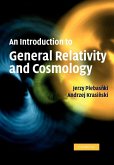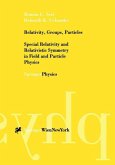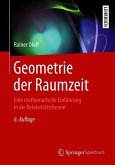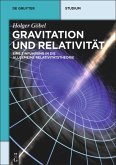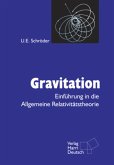Introduction to Relativity is intended to teach physics and astronomy majors at the freshman, sophomore or upper-division levels how to think about special and general relativity in a fundamental, but accessible, way. Designed to render any reader a "master of relativity", everything on the subject is comprehensible and derivable from first principles. The book emphasizes problem solving, contains abundant problem sets, and is conveniently organized to meet the needs of both student and instructor.
Simplicity: the book teaches space and time in relativity in a physical fashion with minimal mathematics Conciseness: the book teaches relativity by emphasizing the basic simplicity of the principles at work Visualization: space-time diagrams (Minkowski) illustrate phenomena from simultaneity to the resolution of the twin paradox in a concrete fashion Worked problems: two chapters of challenging problems solved in several ways illustrate and teach the principles Problem sets: each chapter is accompanied by a full set of problems for the student that teach the principles and some new phenonmena
Simplicity: the book teaches space and time in relativity in a physical fashion with minimal mathematics Conciseness: the book teaches relativity by emphasizing the basic simplicity of the principles at work Visualization: space-time diagrams (Minkowski) illustrate phenomena from simultaneity to the resolution of the twin paradox in a concrete fashion Worked problems: two chapters of challenging problems solved in several ways illustrate and teach the principles Problem sets: each chapter is accompanied by a full set of problems for the student that teach the principles and some new phenonmena


